Introduction
Creating an immersive sound experience is crucial for any concert. A well-set surround sound system can elevate the audience's experience, making them feel as though they are part of the performance. This article will guide you through setting up a surround sound system for concerts, focusing on renowned brands like BEAMZ, BEAMZ PRO, FBT, JTS, ALUSTAGE, ADASTRA, ATHLETIC, AVLINK, CHORD, CITRONIC, FENTON, FILO, MAGICFX, MAX, MERCURY, PD CONNEX, POWER DYNAMICS, QTX, ROXTONE, STUDIOMASTER, SWEETLIGHT, TVA, and VONYX.
1.Understanding Surround Sound Systems
Surround sound systems are designed to envelop the audience with audio from all directions. This setup usually includes multiple speakers placed strategically around the venue. Unlike traditional stereo systems that produce sound from two channels (left and right), surround sound systems use multiple speakers strategically placed around the venue to envelop the audience in a three-dimensional audio environment. This setup is crucial for concerts, as it ensures that every attendee, regardless of their location in the venue, enjoys a rich and balanced audio experience.
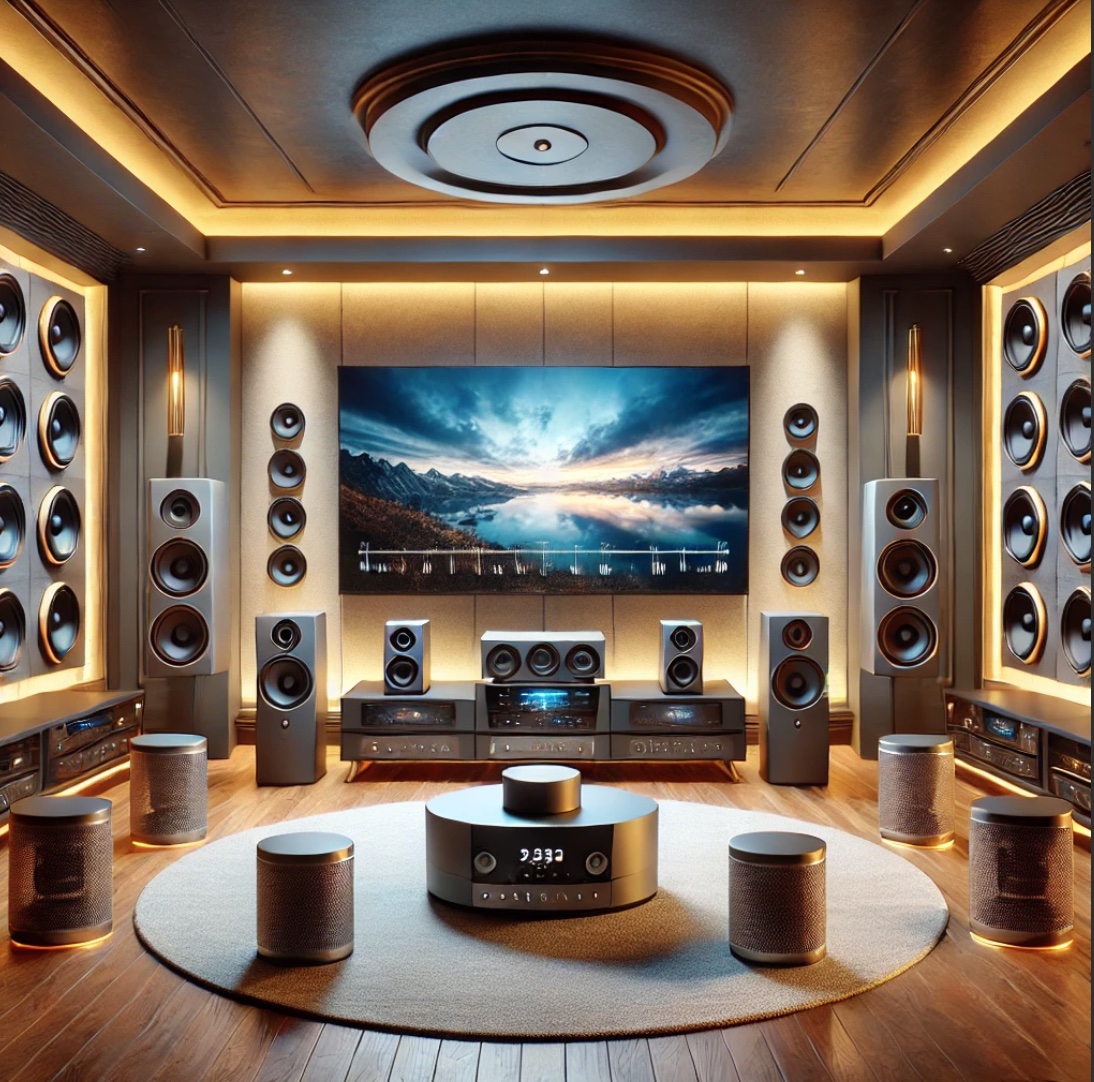
2.Positioning Your Speakers
Proper speaker placement is key to an effective surround sound system. Place the front speakers on either side of the stage, surround speakers around the audience, and subwoofers in strategic locations to enhance bass. Brands like CITRONIC and POWER DYNAMICS provide versatile speaker stands and mounts that facilitate optimal positioning.
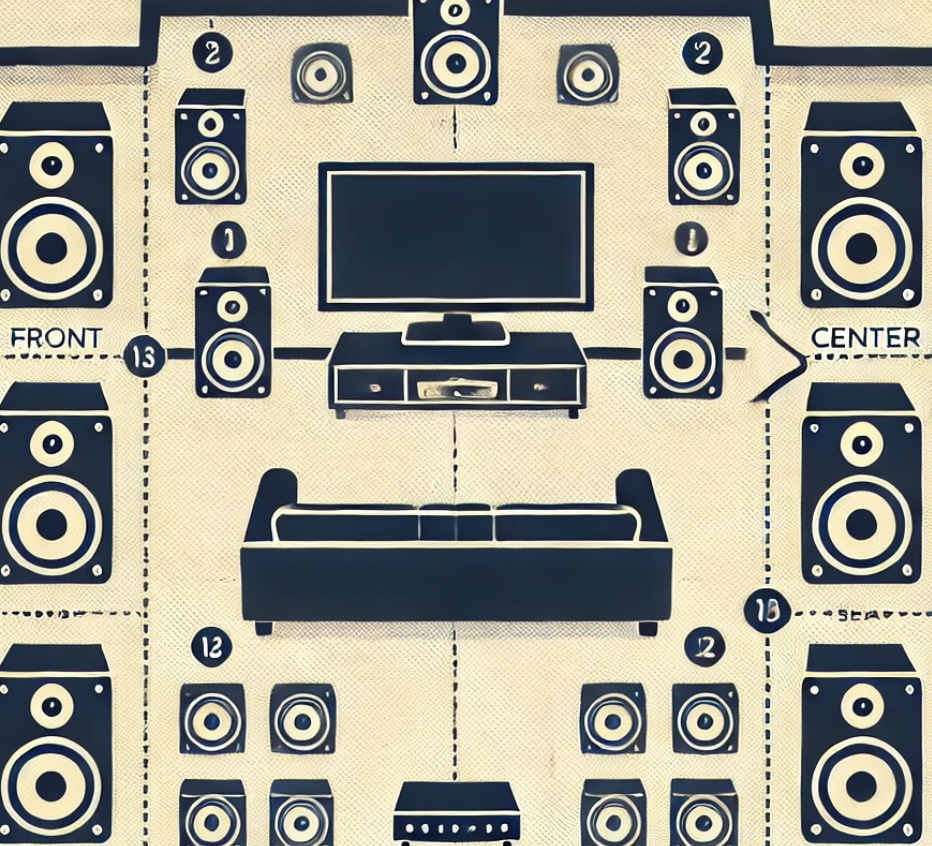
Optimal Sound Coverage:
- Importance: Ensures that every audience member, regardless of their location, hears the performance clearly.
- Application: Speakers need to be strategically placed to cover different sections of the venue. For instance, front speakers handle the main audio, while surround speakers distribute ambient sounds.
Preventing Audio Dropouts:
- Importance: Avoids areas where the sound is weak or missing.
- Application: Proper positioning helps in avoiding “dead zones” where the audio may drop off or become muffled. This is achieved by using multiple speakers positioned around the venue.
Balancing Audio Levels:
- Importance: Maintains a consistent audio level throughout the venue.
- Application: By positioning speakers correctly, you can balance the audio so that it’s not too loud near the stage and too quiet at the back. This involves careful calibration and sometimes the use of delay speakers.
Enhancing Sound Clarity:
- Importance: Ensures that the sound is clear and free from echoes or distortions.
- Application: Proper placement minimizes reflections and reverberations that can muddle the sound. This is particularly important in indoor venues where sound waves can bounce off walls and ceilings.
Creating an Immersive Experience:
- Importance: Enhances the audience's overall experience by making them feel enveloped by the sound.
- Application: Surround speakers and subwoofers placed around the venue create a three-dimensional sound field, adding depth and realism to the audio experience.
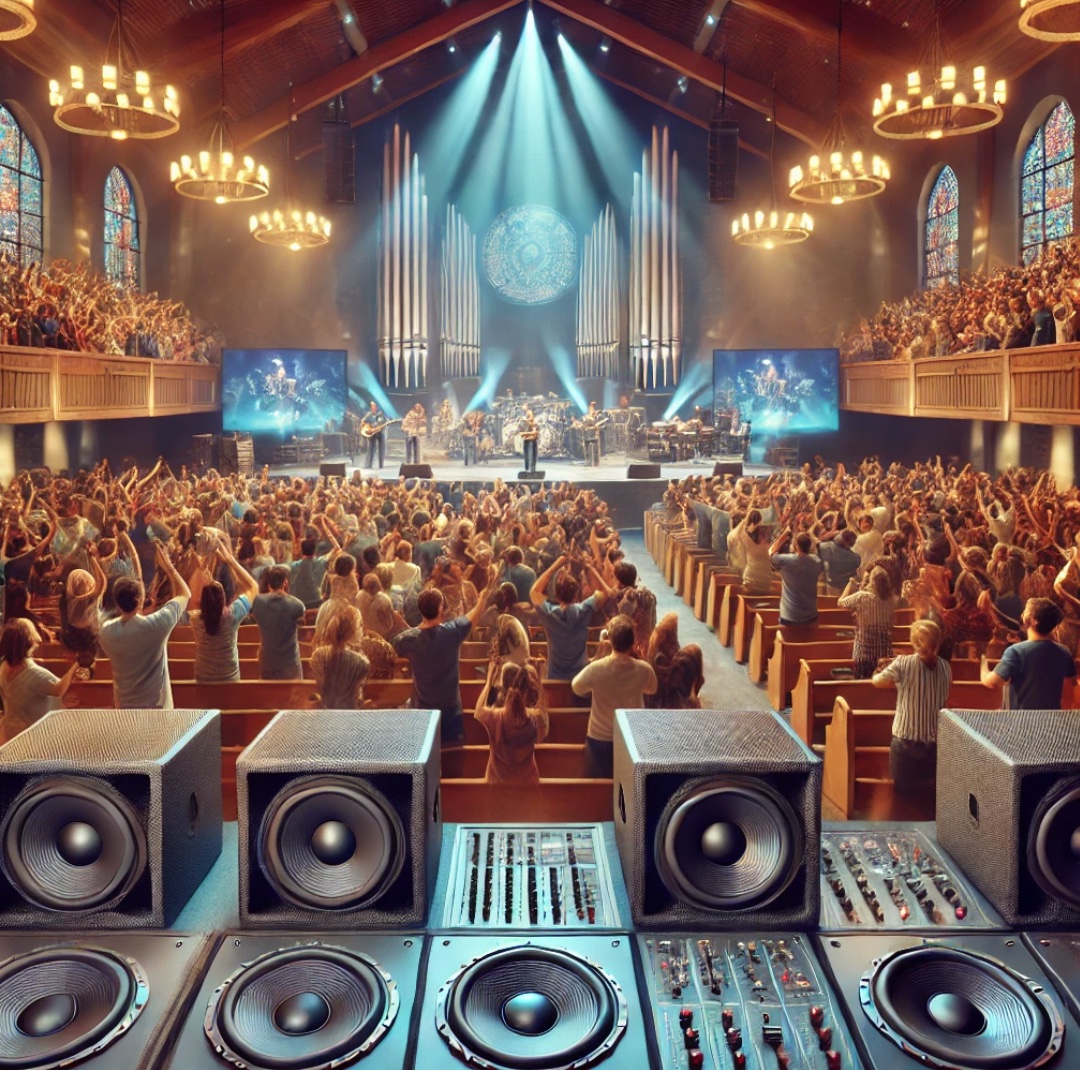
3.Integrating Subwoofers
Subwoofers are essential for delivering deep, impactful bass. For a concert setting, consider subwoofers from brands like MAX and ROXTONE. These subwoofers are designed to handle high power levels and produce rich, full bass that enhances the overall audio experience.

What are Integrating Subwoofers?
Integrating subwoofers are special types of speakers designed to reproduce low-frequency sounds, commonly known as bass. These sounds range from the deep thumps you feel in your chest to the rumbling vibrations that make a live concert so immersive. Unlike regular speakers that handle a broad range of sounds, subwoofers focus specifically on these low frequencies, ensuring they are powerful and clear.
Functions of Integrated Subwoofers in Live Events:
- Role: Subwoofers produce the low-end frequencies that standard speakers struggle to reproduce effectively.
- Impact: They add a rich, full-bodied sound to the music, making it feel more dynamic and complete.
Adding Depth to the Sound:
- Preventing Distortion:
- Role: By taking over the bass duties, subwoofers allow the main speakers to handle mid and high frequencies more efficiently.
- Impact: This results in clearer and more accurate sound across all frequencies, reducing distortion and muddiness.
- Creating an Immersive Experience:
- Role: Subwoofers make the bass sounds not only audible but also physically felt by the audience.
- Impact: This physical sensation enhances the overall concert experience, making it more engaging and memorable.
- Ensuring Even Sound Distribution:
- Role: Properly placed subwoofers can ensure that the bass is evenly distributed throughout the venue.
- Impact: This prevents “bass hotspots” where the bass might be too loud in one area and too weak in another, ensuring a consistent listening experience for everyone.
How Your Event Can Be Affected Without Subwoofers:
- Lack of Depth:
- Effect: Without subwoofers, the music will lack the powerful low-end punch, making it sound flat and lifeless.
- Example: Genres like rock, EDM, and hip-hop, which rely heavily on bass, will not have the same impact without subwoofers.
- Increased Distortion:
- Effect: Main speakers will struggle to reproduce the bass frequencies, leading to distortion and a muddy sound.
- Example: This can make it difficult for the audience to clearly hear vocals and instruments, detracting from the overall performance quality.
- Less Immersive Experience:
- Effect: The physical sensation of feeling the bass will be missing, reducing the immersive aspect of the concert.
- Example: The audience might feel less engaged and excited, as they won't experience the full sensory impact of the music.
- Inconsistent Sound:
- Effect: Without subwoofers, it’s challenging to achieve even bass coverage, resulting in areas of the venue with poor sound quality.
- Example: Some audience members might be disappointed by the audio experience, affecting their overall enjoyment of the event.
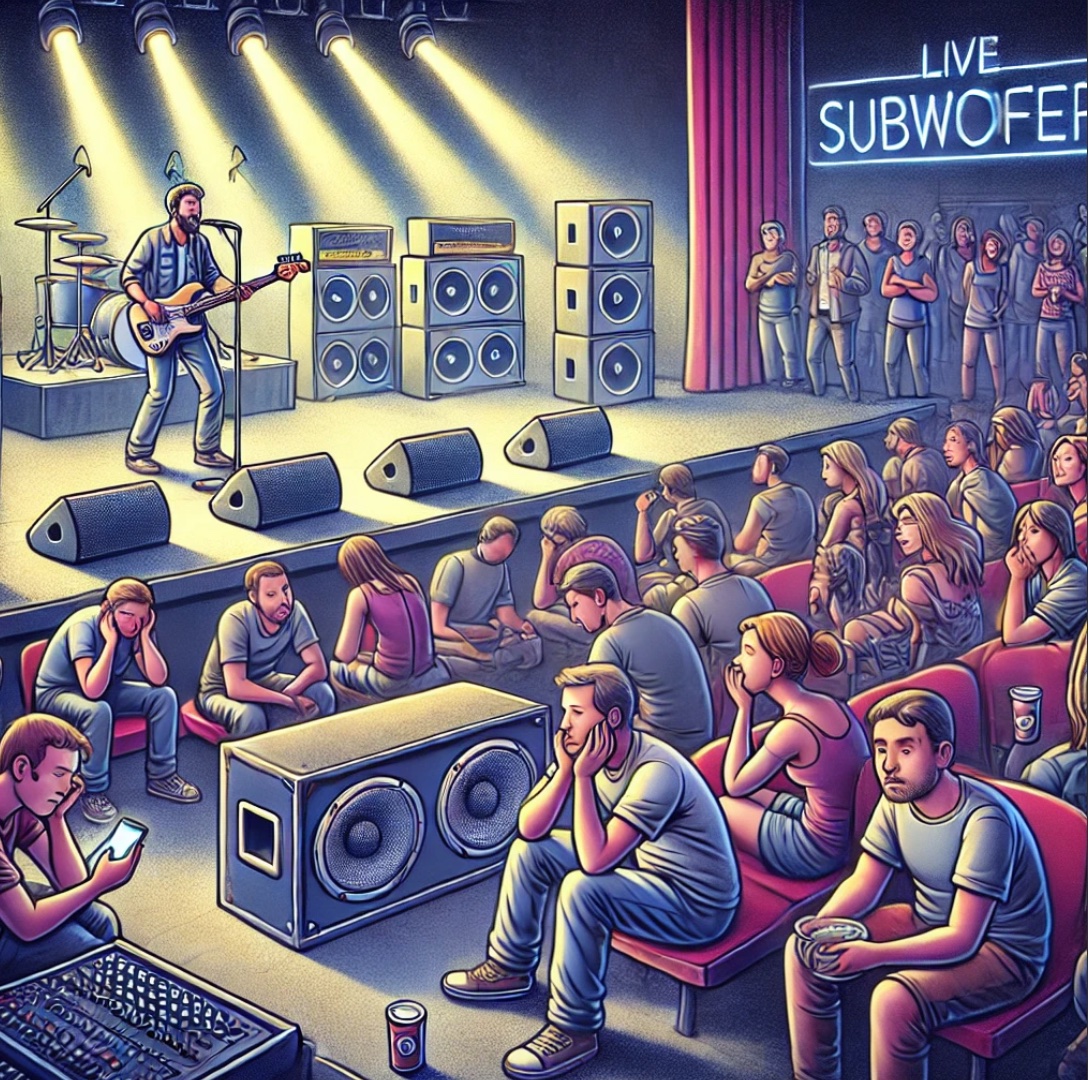
4.The Impact of Amplifiers on Your Surround Sound System
Understanding Amplifiers:
Amplifiers are crucial components in any surround sound system. Their primary function is to increase the power of audio signals, ensuring that sound can be heard clearly and loudly through your speakers. Without amplifiers, the audio signals produced by your source devices (like a CD player or streaming device) would be too weak to drive the speakers effectively.
The Role of Amplifiers in Surround Sound Systems:
- Boosting Audio Signals:
- Function: Amplifiers take weak audio signals and boost them to a level that can drive speakers.
- Impact: This ensures that every detail of the audio is reproduced accurately, from the softest whisper to the loudest explosion.
- Improving Sound Quality:
- Function: High-quality amplifiers reduce distortion and noise in the audio signal.
- Impact: Clearer, more accurate sound, allowing you to hear the nuances in music and sound effects.
- Driving Multiple Speakers:
- Function: Surround sound systems often involve multiple speakers, including front, rear, and subwoofer speakers.
- Impact: Amplifiers distribute the audio signals effectively to all these speakers, ensuring a balanced and immersive audio experience.
- Enhancing Dynamic Range:
- Function: Amplifiers allow for a greater dynamic range, which is the difference between the quietest and loudest sounds.
- Impact: More dynamic and engaging sound, crucial for creating realistic and impactful audio experiences in movies and music.
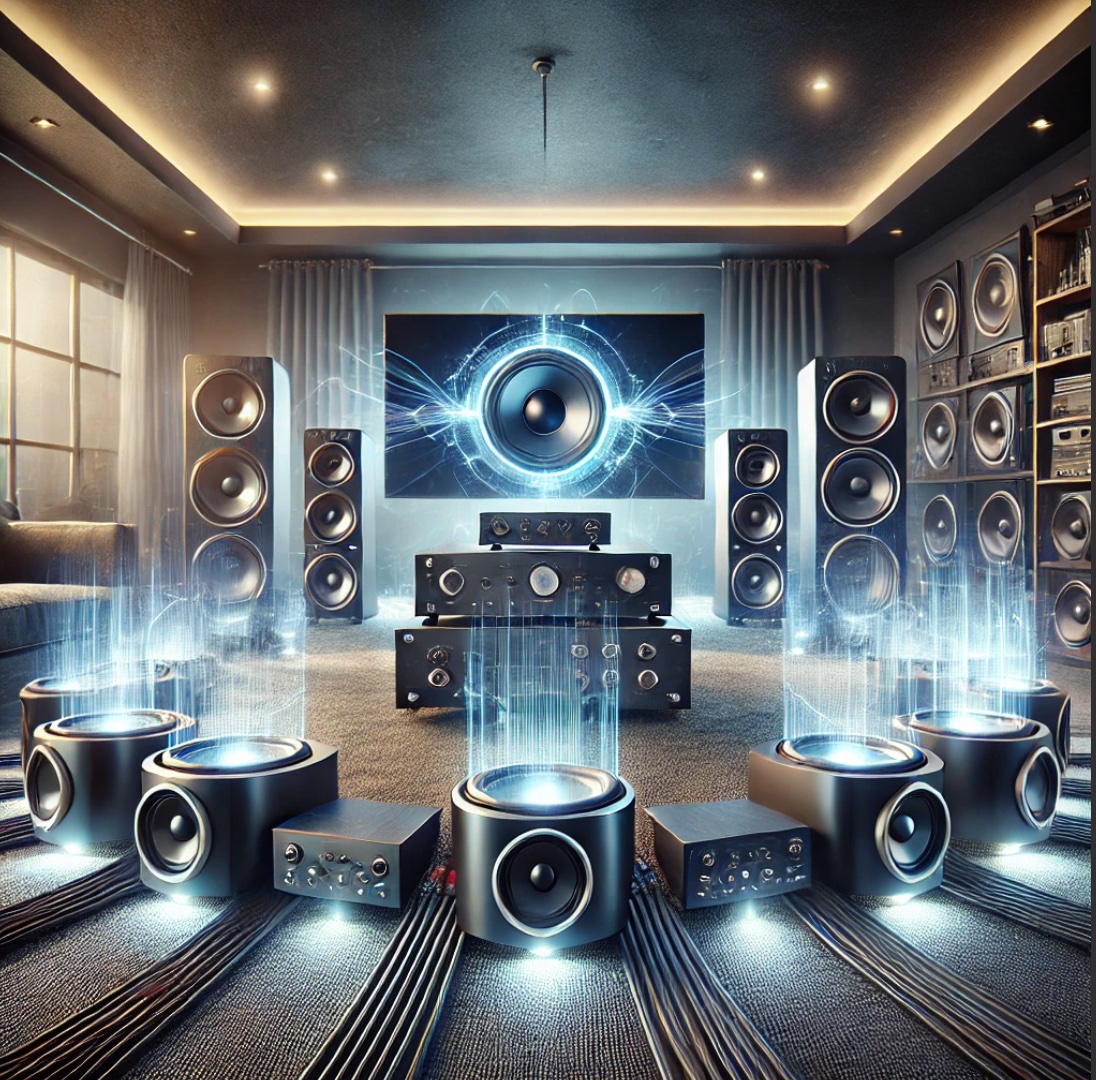
Conclusion
Setting up a surround sound system for concerts involves careful planning and the right equipment. By choosing high-quality brands like BEAMZ, FBT, CITRONIC, and others mentioned, you can ensure a top-notch audio experience for your audience. Follow the tips provided, and you'll be well on your way to creating an unforgettable concert experience.